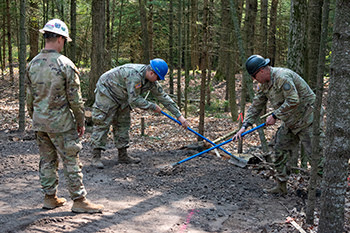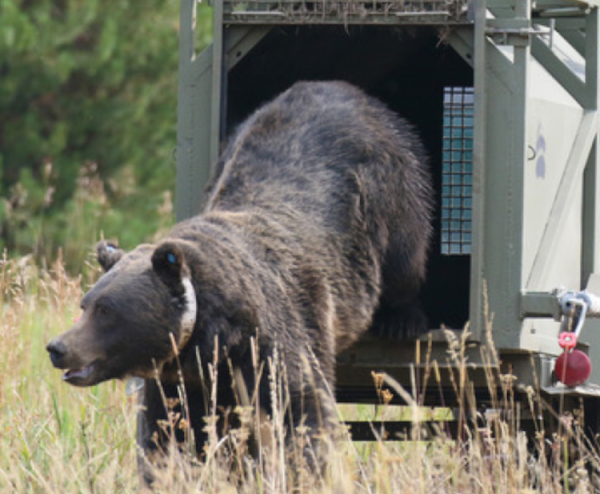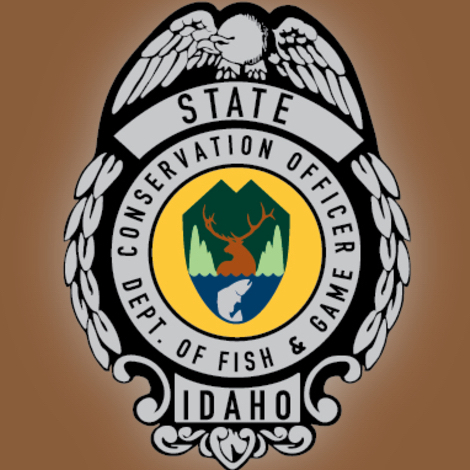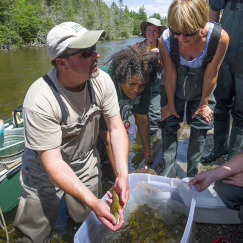Grayling man arraigned for state forest campground pay pipe thefts
May 28, 2025
Contact: Lt. Mark DePew, 989-275-5151
A Grayling man faces two felony charges, including safe breaking and possession of burglary tools, following arraignment Friday in Crawford County’s 87-C District Court.
Andrew William Michalak, 54, was arraigned for his involvement in a series of state forest campground thefts targeting payment collection sites – known as pay pipes – where campers deposit cash. Read more



 A 76-year-old man and 66-year-old woman from Ann Arbor were rescued
A 76-year-old man and 66-year-old woman from Ann Arbor were rescued 


